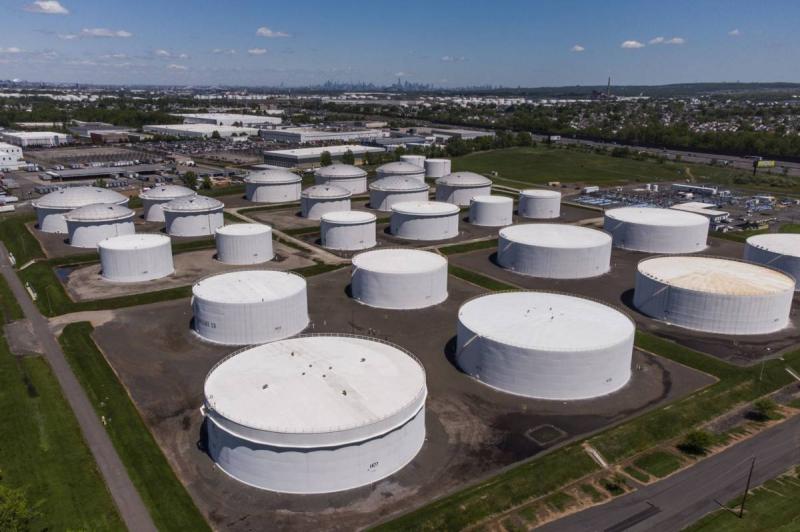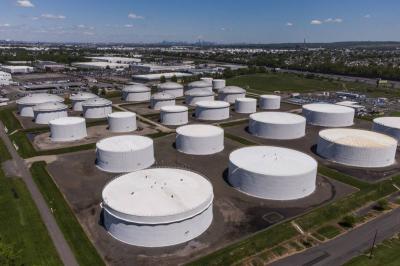Oil prices surged in trading on Monday, with U.S. crude surpassing $80 per barrel for the first time since November 2014, amid rising demand for crude due to the worsening global energy crisis and ongoing supply constraints from major producers. Oil prices have been on an upward trend for about seven weeks for U.S. crude and five weeks for Brent, as economies recover from the COVID-19 pandemic. Additionally, rising coal and gas prices make oil more attractive as a fuel for power generation, especially with decreasing inventories and the onset of winter in the Northern Hemisphere.
Brent crude for December delivery increased by 1.4% to $83.54 per barrel on the ICE Futures Europe exchange. West Texas Intermediate for November delivery rose by 1.9% to $80.82 per barrel after gains of 4.6% last week.
Daniel Hynes, senior commodity analyst at Australia and New Zealand Banking Group, told Bloomberg: “OPEC+'s decision to refrain from increasing production further than planned is likely to tighten the market more in the fourth quarter, especially with continued demand growth.”
Gradual Price Decline
The decision by the OPEC+ alliance to stick to its production policy of returning only 400,000 barrels per day to the market in November has increased pressure on crude prices, pushing them upwards, especially since most analyst forecasts suggested the group would pump more crude into the markets.
Meanwhile, Caroline Bain, chief commodities economist at Capital Economics, noted in a report cited by Reuters that crude oil prices will struggle to achieve much higher increases in the current quarter, adding, “We still expect them to gradually decline next year.”
Some forecasts indicate that signs of slowing global growth will alleviate some demand pressure on crude oil. In this regard, Goldman Sachs has downgraded its economic growth forecasts for the U.S. this year and next year, attributing it to the delayed recovery in consumer spending. The bank stated in a memo that it now expects a growth rate of 4% for 2022, down from a previous estimate of 4.4%, noting that energy crises in China and India may lead to slower economic growth in Asia.




